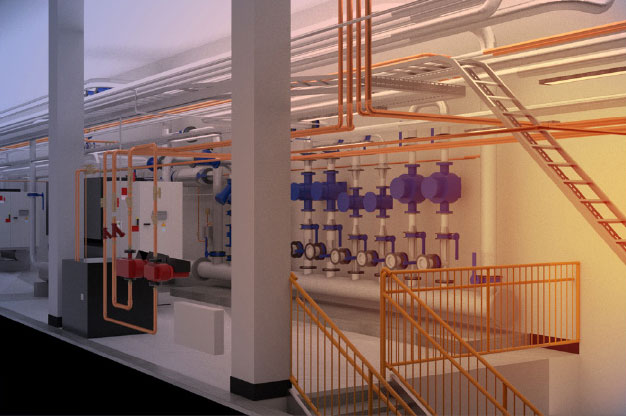In recent years, the UK Government has ramped up its spending on the UK’s infrastructure which has left the construction industry facing some challenges. They are being asked to deliver major infrastructure in half the time for two-thirds of the cost and half the carbon. On top of this, there is an increasing skills shortage in the construction sector as well.
This has led to a need for many construction companies to change the way they work by concentrating on the process. This is where DfMA comes in.
What is DfMA?
Designing Buildings, the construction wiki, defines DfMA as “a design approach that focuses on ease of manufacture and efficiency of assembly. By simplifying the design of a product it is possible to manufacture and assemble it more efficiently, in the minimum time and at a lower cost.”
The concept of DfMA has been around for many years. It is a process that makes things easy to make and put together, as well as meeting in-use requirements with a focus on making the delivery process better. It enables parts of the building to be constructed off site and makes this process more effective – although this does not necessarily mean it will be easier to put together.
A focus on the DfMA process helps to encourage a more collaborative relationship with everyone in the supply chain. In the past, the architect has designed something and then given it to the contractor to build, and the contractor then has to figure out the best way to build it. However, if the contractor is involved as early on in the project as possible, the architect can ensure the building is designed to suit the preferred method of construction.
This requires everyone on the project to understand how to make things easy to assemble, how to minimise the parts required for construction, the plants and processes used during construction, and what implications these have on cost, quality and time.
Obviously, this is easier said than done, and the fact that the supply chain is structured in a way that is fragmented and specialised doesn’t help. However, there is a lot of innovation going on in this area at the moment, with many suppliers working together as a single enterprise.
Where do Modern Methods of Construction (MMC) come in?
Modern Methods of Construction (MMC) is the name given to the variety of construction methods that can be used by the DfMA designer. When coming up with a building design, the DfMA designer can either use the most suitable innovation in the MMC toolkit or develop their own in order to meet the unique challenges of the particular project they are working on.
There are seven main construction innovations that are classed as MMC and they are:
- 2D primary structural systems
- 3D primary structural systems
- Additive manufacturing
- Assemblies and sub-assemblies
- Material and product innovations
- Non-system components
- Site process innovations
Is DfMA the future of construction?
The above categorisation of MMC includes the application of digital technologies in construction to drive productivity improvements throughout the project lifecycle. Digital tools are crucial components of DfMA as this design process relies on being able to capture knowledge about how a building will be constructed from the very early stages.
Here at The CAD Room we believe strongly in the DfMA approach and have helped many clients to use it successfully on many projects to achieve considerable benefits.

